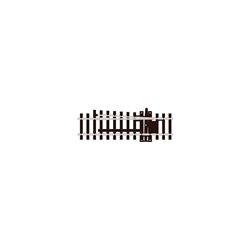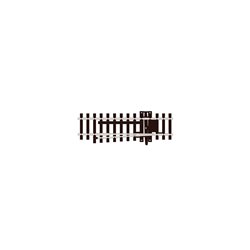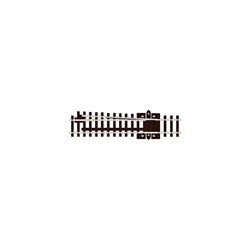Fine painting is always something best done with patience. The problem is, when using acrylic paint if you take too...
No products
Product successfully added to your shopping cart
There are 0 items in your cart. There is 1 item in your cart.
Search Tips
Where would I install a catchpoint on my layout and what are they used for?
A catch point is a safety device used to prevent runaway trains from entering a section of track where they are not supposed to go. Catch points are typically installed on steep grades, near bridges or other areas where a runaway train could pose a danger to other trains or people.
Catch points are also typically installed at the end of a siding or a branch line to prevent a runaway train from continuing down the track. They are designed to derail the train or bring it to a stop by using a set of switch blades that are oriented in such a way as to cause a derailment. Many catchpoints are used in conjunction with a sand drag or a sand trap which is used to absorb any excess inertia of a runaway. In some cases, catch points can be configured to divert a runaway onto a safety siding.
The installation of a catchpoint is a useful feature to include in a layout. Not only does it reflect what happens in real life but the catchpoint can be configured with a point motor so that it becomes a working feature of the layout that will actively derail a runaway. This can be an especially useful safety feature where there is a higher likelihood of a runaway such as a steep gradient, or where a runaway would be especially dangerous such as in the vicinity of a station or when moving from a siding onto a branch line.
When designing a model railway layout, modellers should consider the installation of catch points in any areas where a runaway train could pose a danger. By incorporating catch points into the overall design, modellers will be mimicking real-world scenarios by having a practical feature that is both aesthetically relevant and operationally functional.
Click here to receive the tips weekly in your mailbox. You can unsubscribe at any time.










